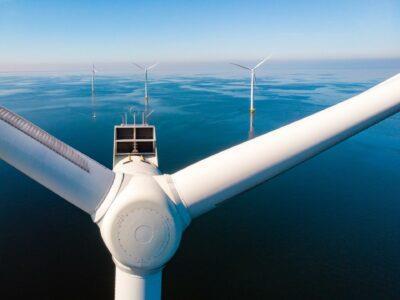
The Netherlands heavily relies on wind turbines in its energy transition — at the expense of thousands of birds that get killed by fast-spinning blades. Now officials say they have a solution to spare some of the migratory animals.
In a project in conducted with the University of Amsterdam, Dutch Minister for Climate and Energy Policy Rob Jetten will ask some wind parks in the North Sea to slow their blades during migration twice a year to provide safe passage to birds, according to the government plans seen by Bloomberg.
The government plans to begin its pilot project during the coming migratory season. Researchers are able to accurately predict bird migration as much as two days in advance, giving power companies and the electric grid sufficient time to adjust operations.
Around October every year, millions of birds cross the North Sea in search of warmer places and return by May. Many of them get caught by turbines at Dutch offshore wind parks, which are set to increase as they are seen as an essential part of the transition to a low-carbon economy.
The turbine blades will slow to just two rotations per minute for 12 to 48 hours, enabling birds to avoid being hit, according to the government’s plans. About 50,000 birds die in the Netherlands every year due to windmills, according to Amsterdam Wind, an initiative of four energy companies.
It’s not clear how much the plan will cost wind park operators, who will have to bear the financial consequences of producing less energy. If successful, the pilot project could be rolled out to all wind parks and apply to all windmills built in the future.
As a part of its national energy accord, the Dutch government wants to increase the capacity of offshore wind parks to 21 gigawatts by 2030 from 4 gigawatts currently.
